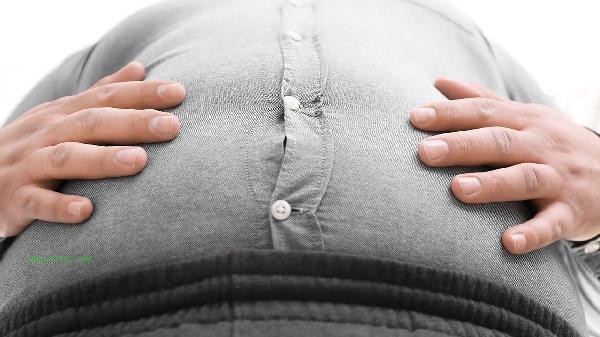Dieting for weight loss usually starts to burn fat 3-5 days later, and the specific time is related to factors such as basal metabolic rate, dietary calorie deficit, and exercise intensity. Fat breakdown is mainly affected by three key conditions: decreased insulin levels, depletion of liver glycogen, and sustained calorie deficit.

1. Metabolic transition period:
The human body exhausts blood sugar in about 12 hours and liver glycogen reserves in 24-48 hours in a completely fasting state. When liver glycogen drops to the critical value for about 72 hours, the body initiates the mechanism of fat breakdown for energy supply, and the concentration of ketones in the blood gradually increases. During this stage, low blood sugar reactions such as fatigue and dizziness may occur, which is a normal physiological adaptation process.
2. Calorie gap threshold:
When the daily calorie intake is below the total calorie consumption of 500-750 calories, 0.5-1 kilogram of weight loss can be achieved per week. If a very low calorie diet of less than 800 calories per day is adopted, fat mobilization will occur 2-3 days earlier, but it may trigger a protective metabolic decline, which is not conducive to sustained weight loss.
3. Hormonal regulation:

Continuous low insulin levels are key to initiating lipase activity. When carbohydrate intake is less than 50 grams per day, the secretion of glucagon and adrenaline increases, promoting the release of triglycerides from adipocytes. Elevated levels of progesterone before menstruation in women may delay fat breakdown by 2-3 days.
4. Individual differences:
Men with a body fat percentage greater than 25% and women with a body fat percentage greater than 30% have a faster rate of fat breakdown, which may manifest as early as the third day. Individuals with sufficient muscle mass can achieve a resting fat energy supply ratio of over 60% due to their higher basal metabolism. The middle-aged and elderly population experience a 20-30% decrease in fat mobilization efficiency due to a reduction in growth hormone. 5. Exercise Efficiency Enhancement: Fasting aerobic exercise can accelerate fat oxidation by three times. It is recommended to choose brisk walking or cycling 30 minutes after waking up in the morning. Resistance training can maintain muscle mass and avoid rapid decline in basal metabolic rate. High intensity interval training HIIT three times a week can sustain the fat burning effect until 48 hours after exercise.
Scientific dieting requires a daily protein intake of ≥ 1.6 grams per kilogram of body weight to prevent muscle loss. It is recommended to adopt a 5:2 light fasting or 16:8 time limited eating method, combined with dark green vegetables to supplement potassium and magnesium elements. Regularly conduct body composition testing, and when there is no change in weight for two consecutive weeks, adjust the diet structure instead of further reducing calories. If you experience symptoms of malnutrition such as palpitations and hair loss, you should immediately stop extreme dieting and switch to a balanced diet combined with exercise for healthy weight loss.




Comments (0)
Leave a Comment
No comments yet
Be the first to share your thoughts!